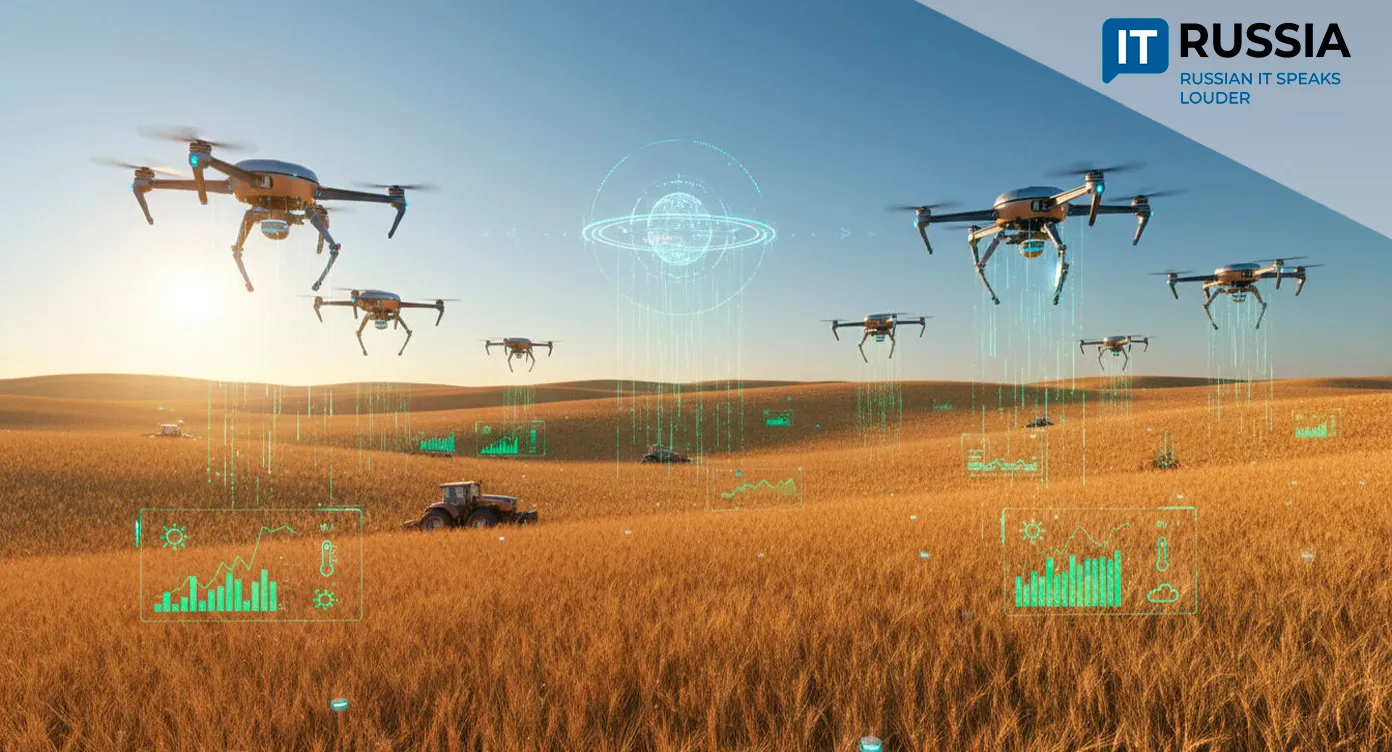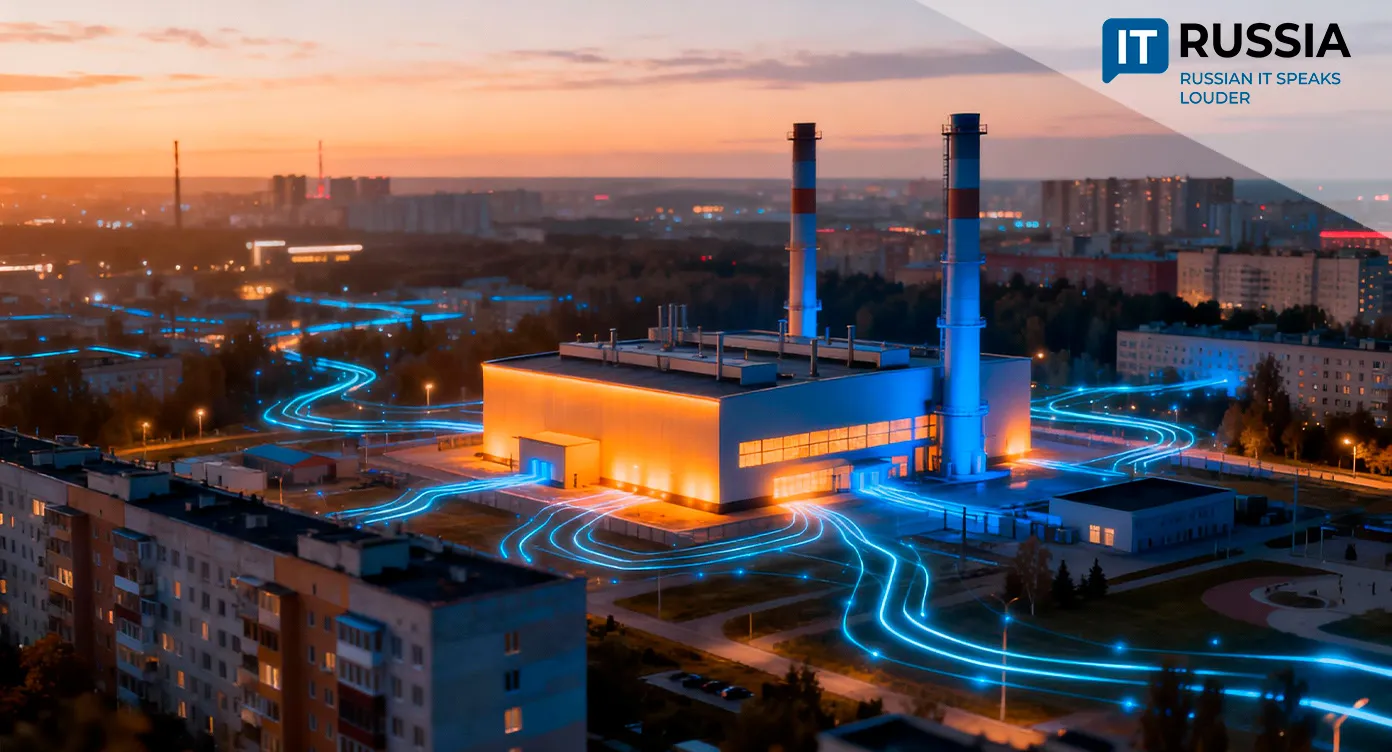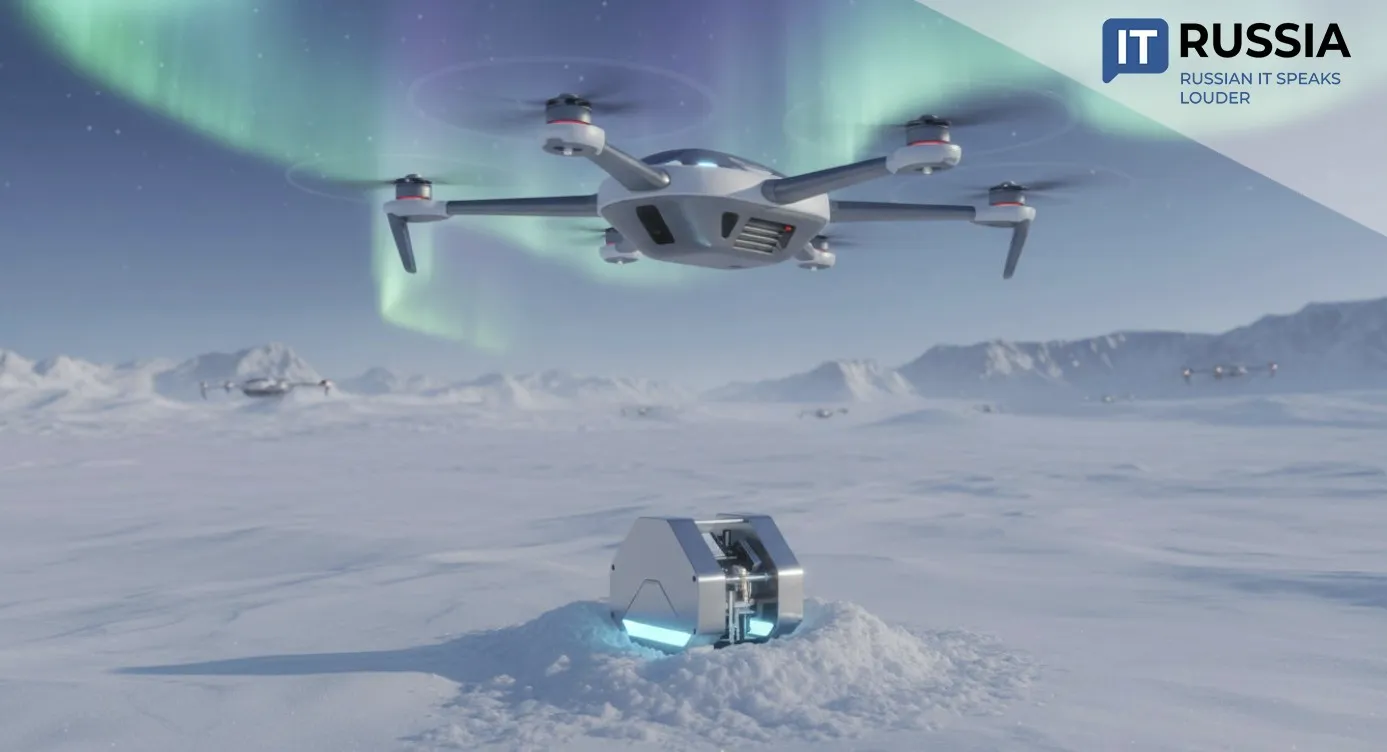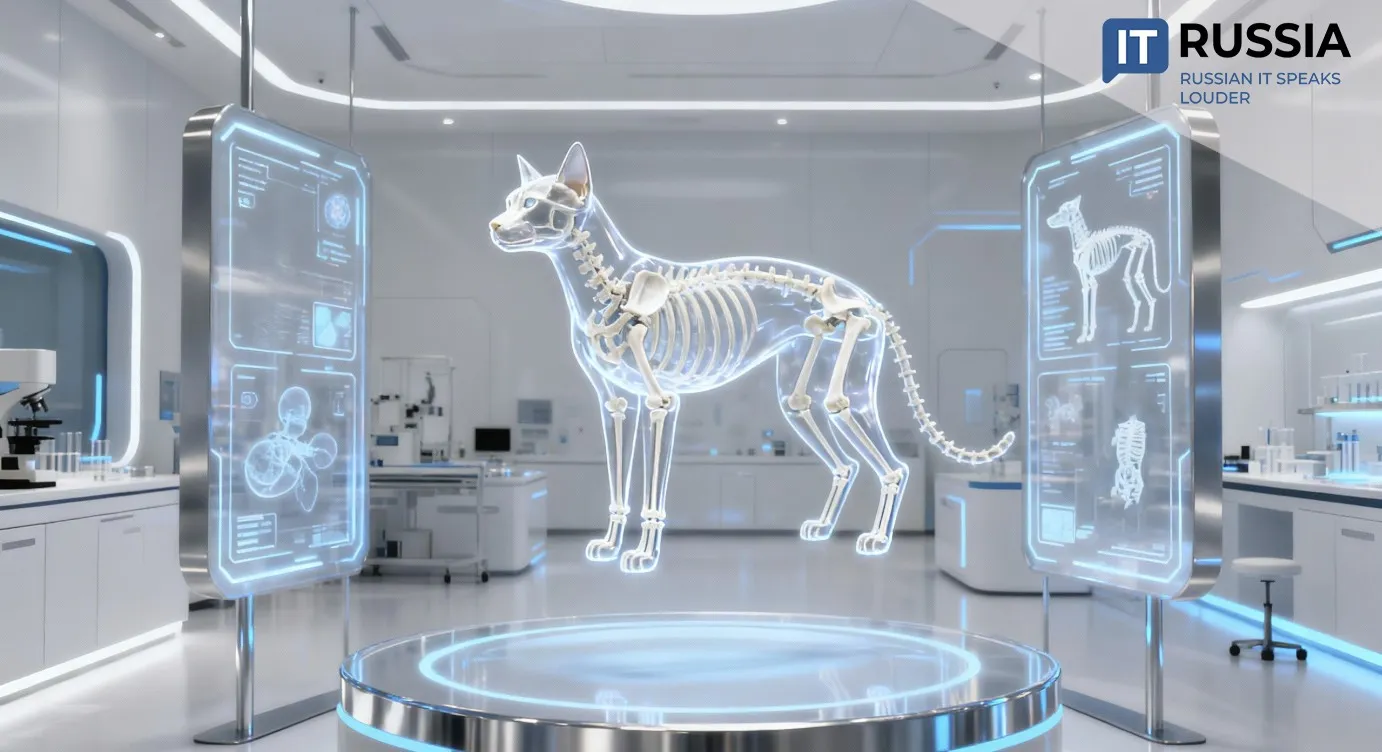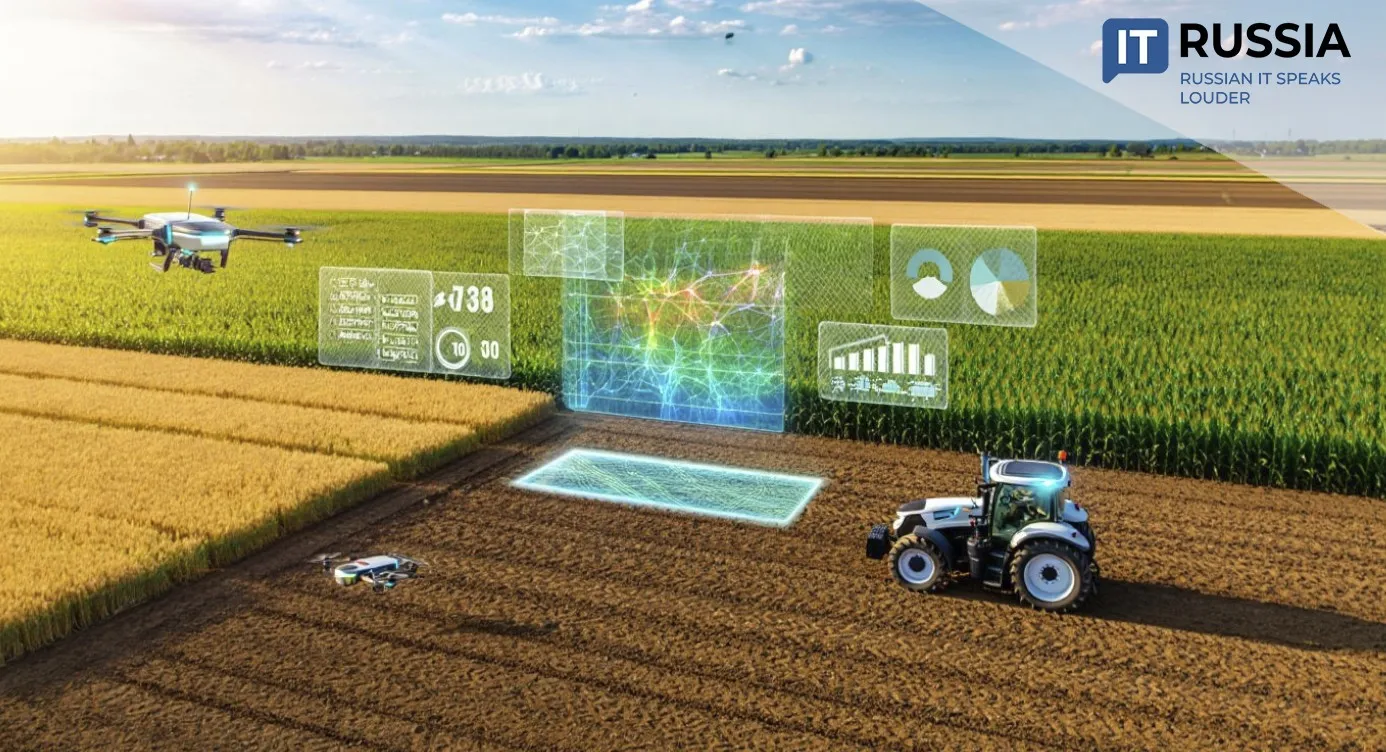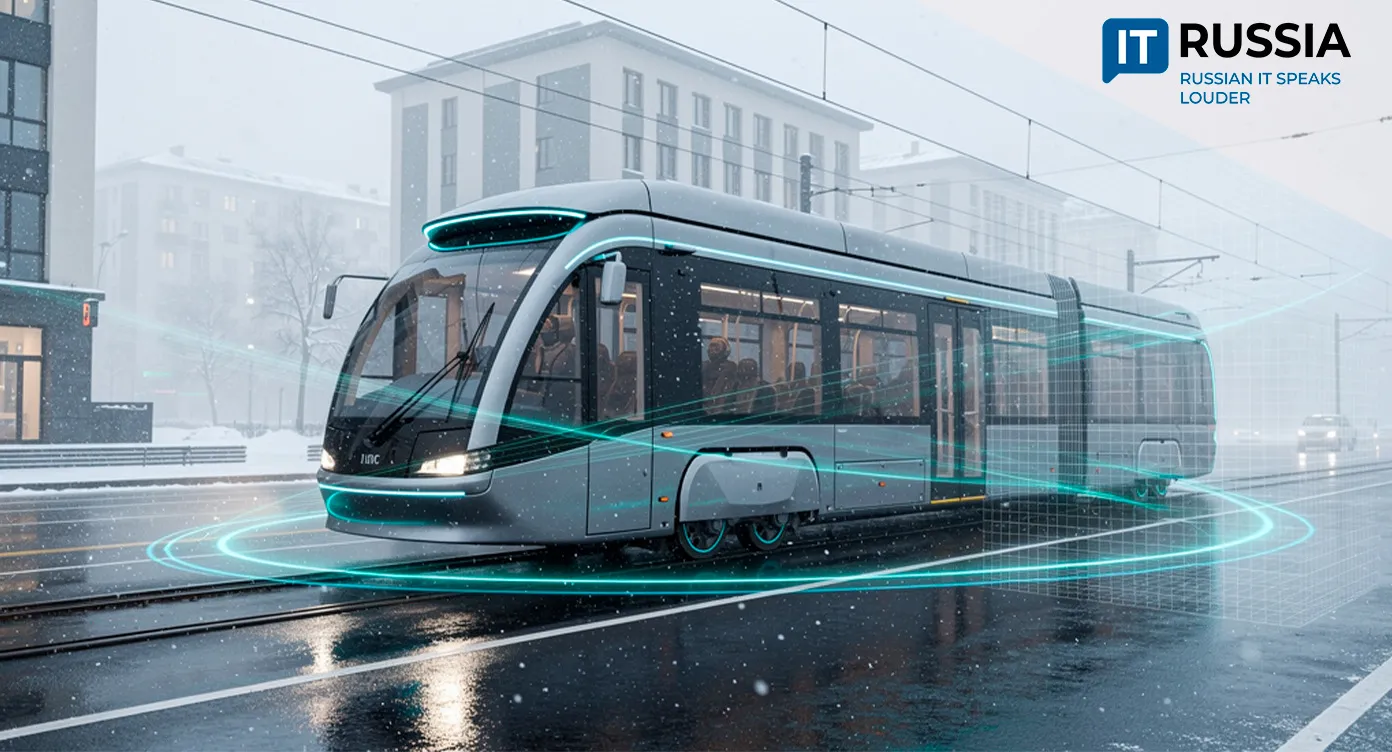Samara Builds the Transport of the Future
The Volga city has announced its ambition to become Russia’s pioneer in the large-scale deployment of autonomous public transportation. According to the city’s 2036 development strategy, self-driving buses, shuttles, and AI-powered trams are set to redefine urban mobility.
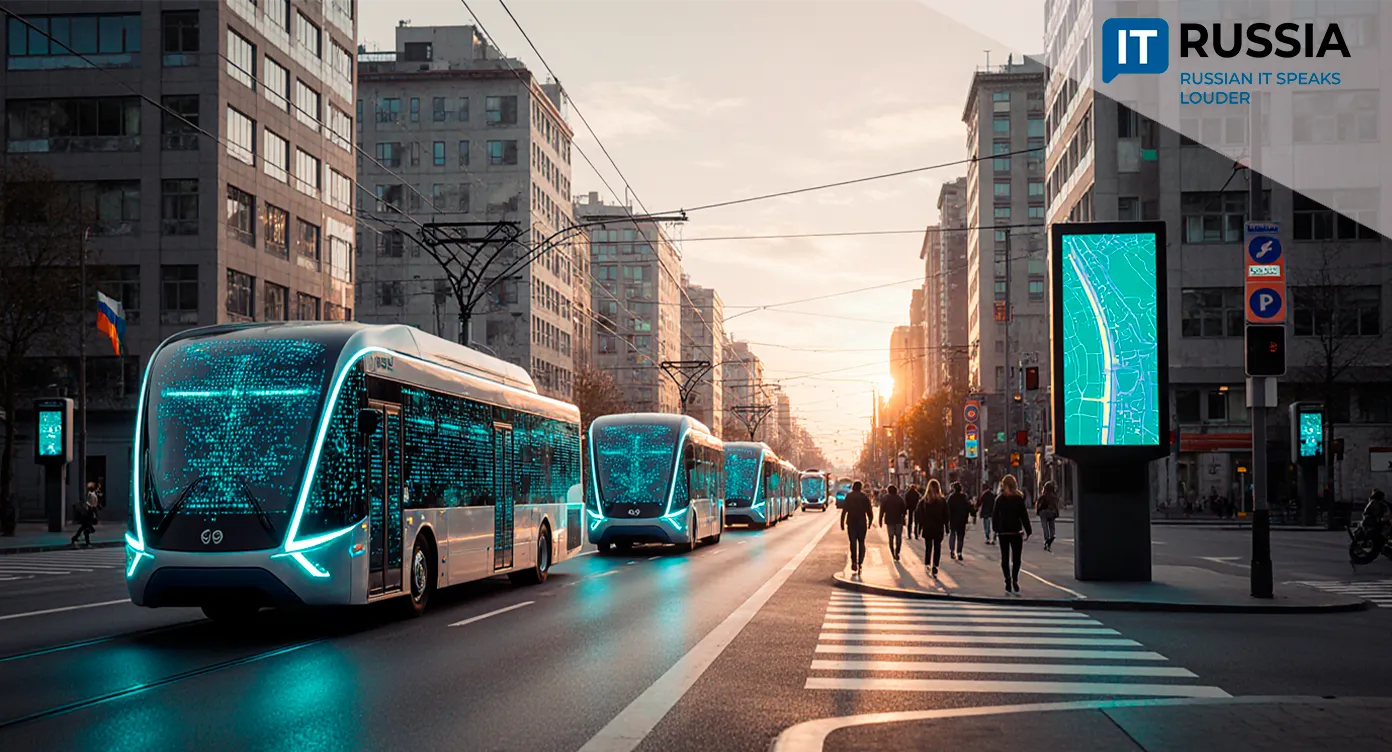
Smart Machines for Smarter Mobility
Samara’s long-term social and economic development strategy includes a comprehensive plan for autonomous ground transport systems. The document calls for the introduction of self-driving buses and shuttles on dedicated lanes in key districts, AI-operated trams designed to optimize passenger flow, and driverless freight vehicles for deliveries to industrial and commercial areas.
The project is part of the “Intelligent Mobility” program and is currently undergoing public hearings, which will run through October 16, 2025, allowing residents to comment via the city administration’s website. Its main objectives are to improve passenger safety, reduce accident rates, and boost transport efficiency.
The Samara initiative goes beyond a regional experiment — it is Russia’s first systemic attempt to integrate autonomous transportation into the strategic development of a mid-sized city. Unlike pilot programs in Moscow, which focus on specific routes, Samara’s approach envisions a holistic transformation of the transport ecosystem, aligned with urban planning and passenger traffic patterns.
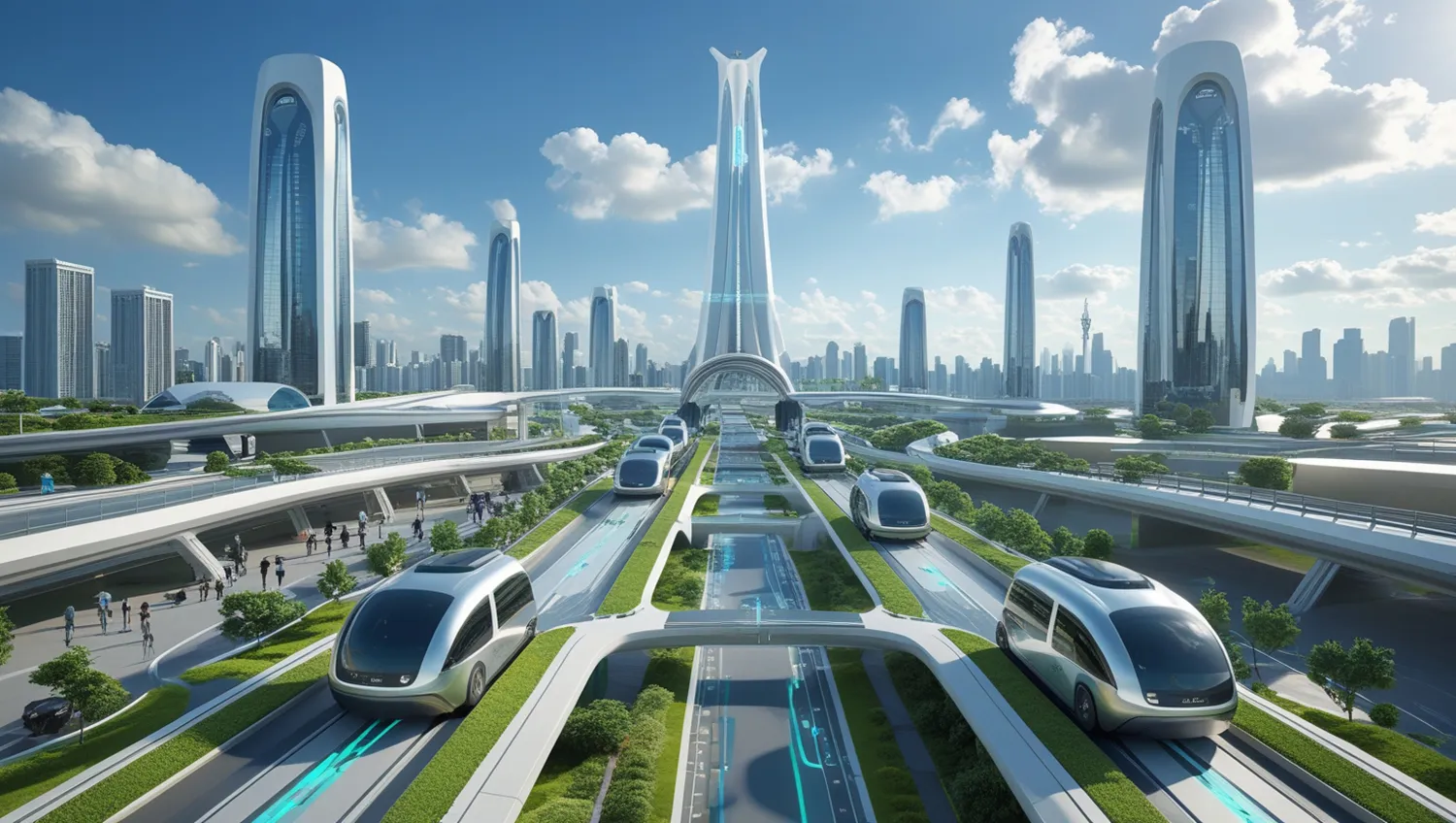
The Technological Foundation for Digital Mobility
Implementing Samara’s ambitious plan requires the development of robust infrastructure — including legal frameworks for driverless operations, 5G connectivity, and high-definition digital mapping for precise navigation.
Bus and tram movements will be managed through a centralized control system with real-time video monitoring and remote operator intervention when necessary.
The project fits seamlessly into Russia’s national trend toward transport automation. In 2025, the Ministry of Transport announced the creation of a unified ecosystem integrating autonomous vehicles, trains, and drones into a shared digital network. According to its roadmap, autonomous cars should be operating on public roads by 2027, while up to 100 self-driving trucks will be active on Russian highways by the end of 2025.
If successful, Samara’s initiative could provide a replicable model for other mid-sized cities in Russia and across the CIS. It also serves as a test case for adapting autonomous technologies to regional conditions outside megacities, where logistical and infrastructural challenges are often more complex.
Global Context and Local Distinctions
Samara’s program aligns with global trends in autonomous mobility. Moscow has already launched Russia’s first fully driverless tram, operating since September 2025 on Route 10 in Strogino District. The tram has logged over 9,000 kilometers, demonstrating its ability to drive autonomously, switch tracks, and adhere to schedules.
In Saint Petersburg, autonomous trams have been officially classified as Level 2 high-automation rail vehicles, with seven approved test routes operated under engineer supervision. Freight logistics are also progressing rapidly: on the M-11 “Neva” highway, 67 driverless trucks operated by Navio, KamAZ, and Yandex have collectively driven 5.8 million kilometers and transported 640,000 cubic meters of cargo accident-free since 2023.
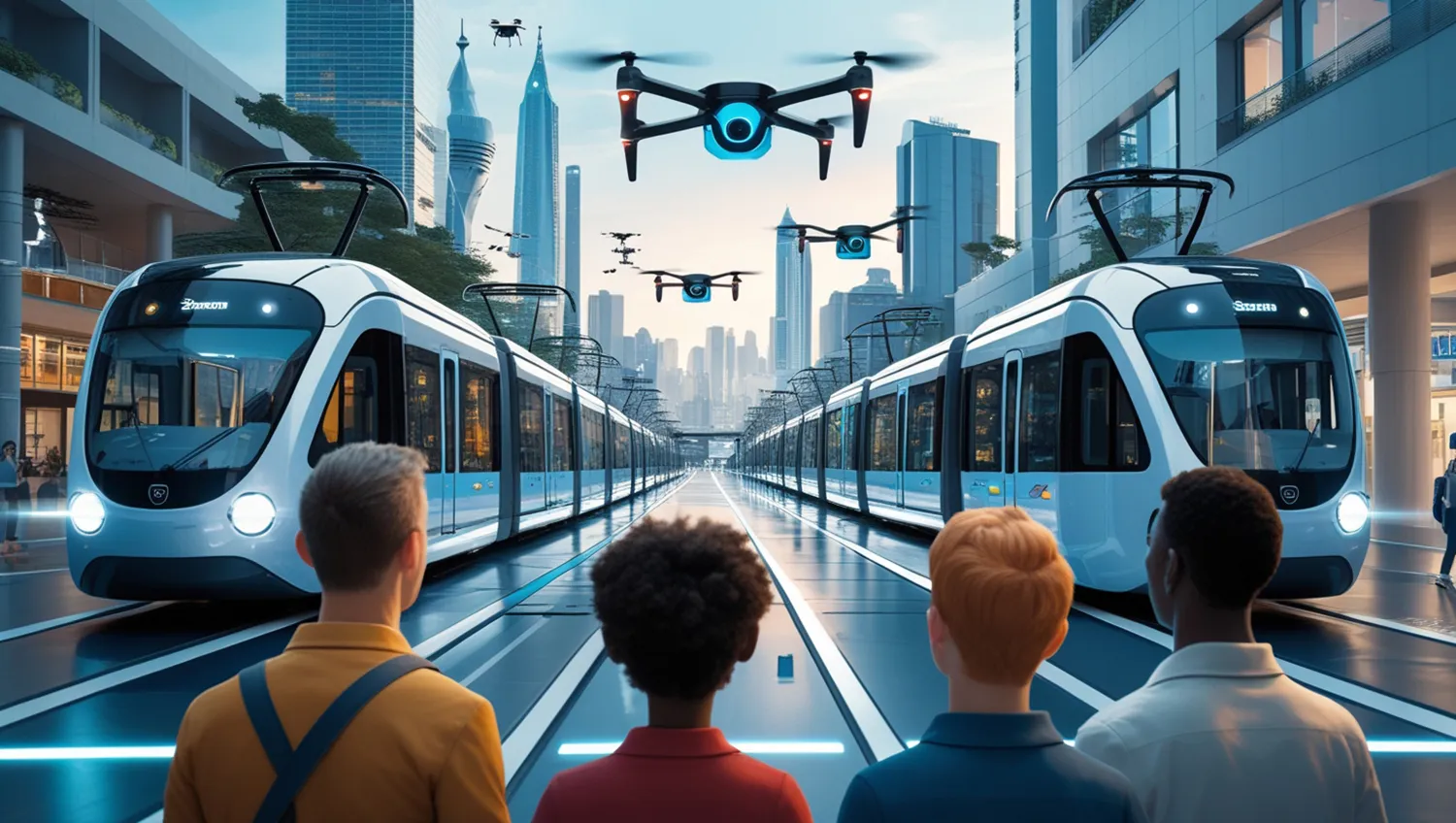
Globally, similar developments are underway. Singapore plans to begin driverless bus trials in mid-2026, while Beijing’s 600-square-kilometer autonomous driving zone has been testing integrated smart infrastructure for five years.
A key distinction of Russia’s approach lies in its integration with state digital systems and its focus on rail-based transport. Whereas Western solutions often prioritize autonomous cars, Russian developers are betting on trams and trains — platforms that are more predictable and safer for early deployment.
The Road Ahead: A Digital Transport Revolution
Samara’s experiment could mark a turning point in Russia’s driverless mobility. In the short term, by 2027, the city plans to launch pilot routes with autonomous shuttles or buses, likely with safety operators onboard. AI-powered trams may operate during nighttime or low-traffic periods, leveraging Moscow and Saint Petersburg’s experience.
By 2030, the medium-term goal is to establish an integrated autonomous transport ecosystem covering both passenger and freight operations. Freight logistics using driverless trucks are expected to be the first commercially viable application, given lower safety requirements than urban passenger routes.
By that time, Russia’s law on highly automated vehicles should be fully enacted, providing the legal foundation for nationwide deployment.
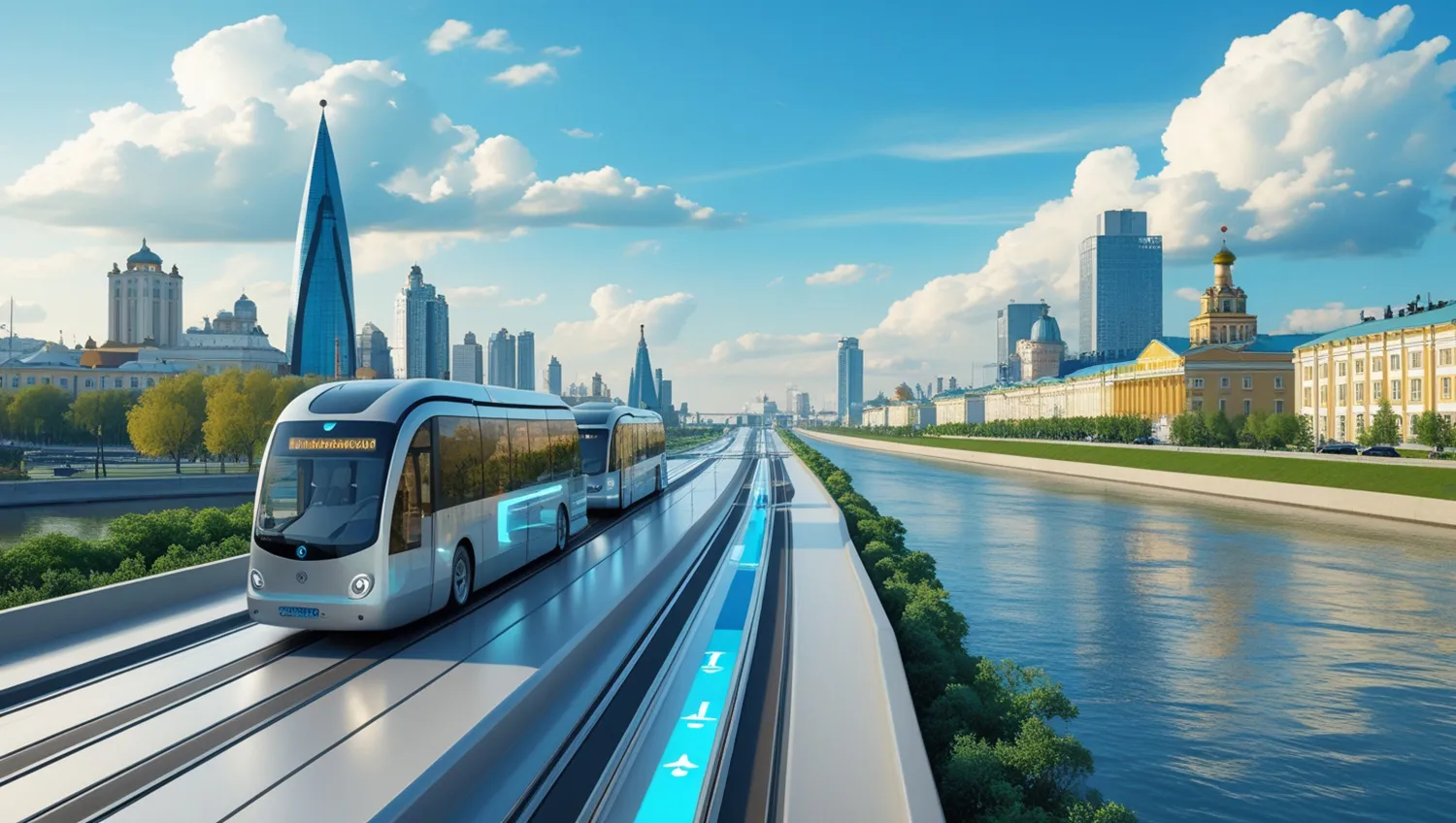
In the long term, Samara aims to become a model “smart city” on a national scale. Successful implementation could enable Russia to export its driverless transport technologies to other mid-sized cities and build a homegrown ecosystem of autonomous mobility solutions.
For residents, this promises safer, faster, and more reliable public transportation. For Russia’s tech industry, Samara’s project could serve as a catalyst for developing domestic expertise in autonomous mobility — and a viable alternative to foreign technologies amid global supply restrictions.






